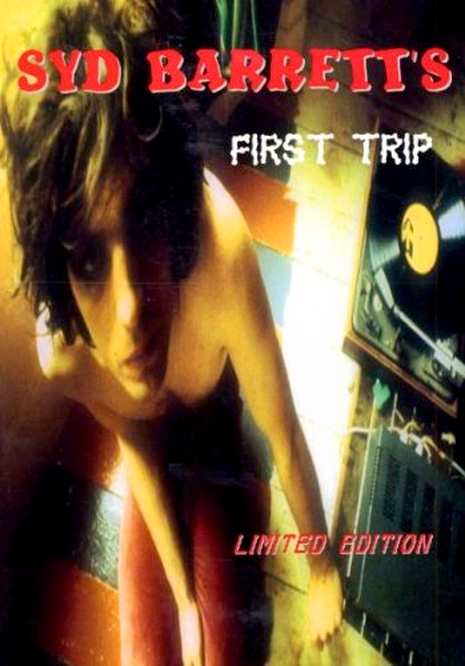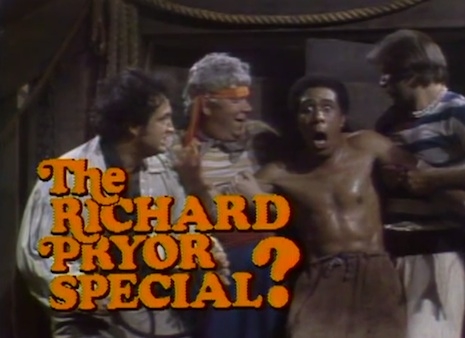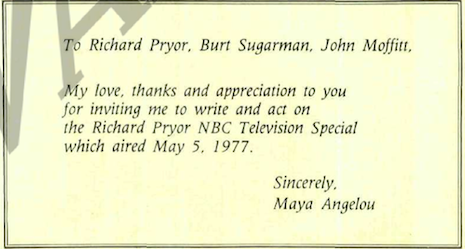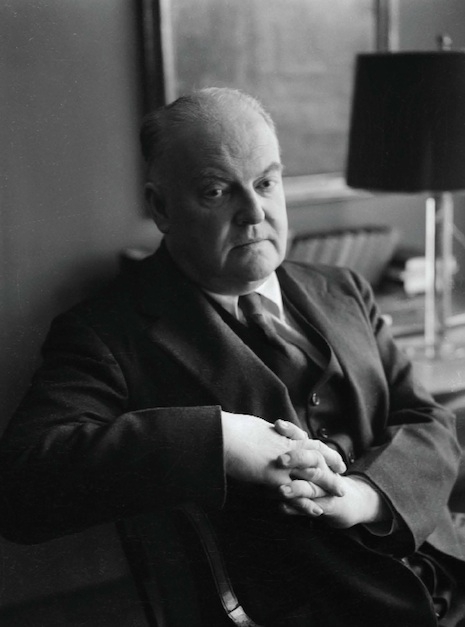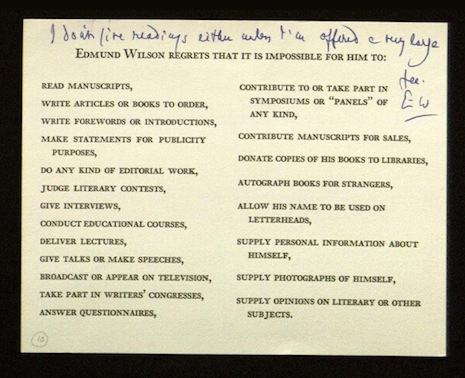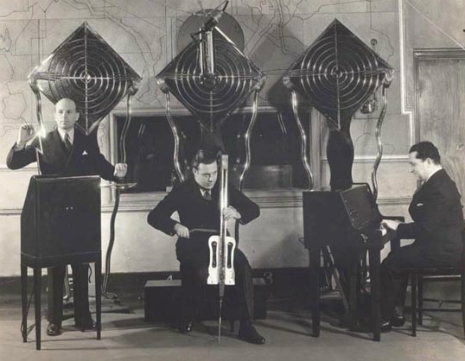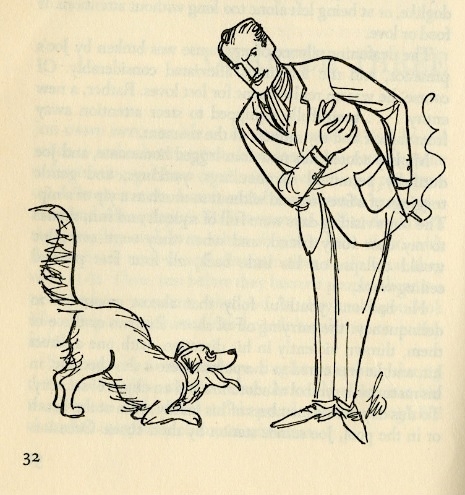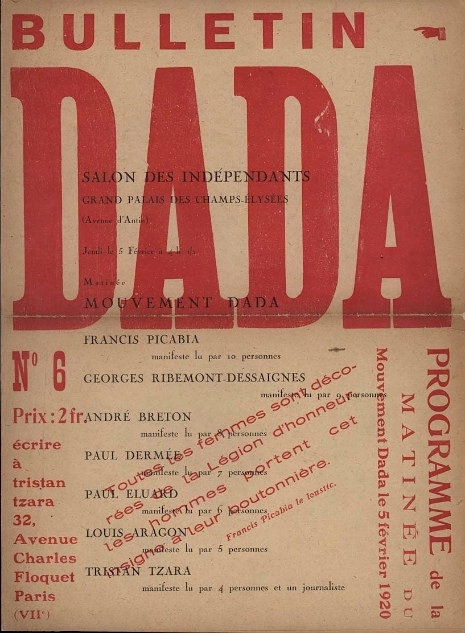
Happy New Year, this is a post from the Dangerous Minds archives, originally published in 2009.
Whenever the discussion of a “favorite” movie comes up, my eyes glaze over. I’ve seen so many films that when pressed, exactly none of them stand out as a particular favorite. Not one. But when the favorite album question gets asked, Nick Cave’s first post-Birthday Party outing, From Her to Eternity comes immediately to mind.
To say that this album was a significant soundtrack to my ill-spent youth is a bit of an understatement. I listened to this record obsessively. I was a huge Birthday Party fan, but From Her to Eternity absolutely captivated my imagination. It was the most intelligent, most literate, most criminally insane rock music I’d ever heard, a quantum leap past everything else that was happening at the time. At the tail end of the post punk era, when once great bands—like the Psychedelic Furs, PiL and Ultravox to name but three—had lost their mojos in disheartening ways, Nick Cave became the standard bearer of intellectual cool in my late teen years. Talk about a dangerous mind, I thought Nick Cave was the baddest motherfucker alive.
True story: For the better part of 1983 and 1984, I lived in the south London neighborhood of Brixton. Today it’s a trendy area, but then it was anything but gentrified, its residents consisting of mostly poor West Indian immigrants, dreadlocked rastas and a small subset of squatters and junkies from all across the globe. I loved it there. One night I was exiting the Brixton tube station with my friend Sam when we were accosted by none other than Nick Cave, looking very much worse for wear, who politely asked us if we could direct him to where he could find some smack, please. (In truth, Cave didn’t ask “us,” he asked Sam, who looked all gothy and weird while I looked like what I was, a preppy, 18-year old American kid. He wasn’t addressing me at all, I was just standing there.)
Sam kindly pretended not to know who Cave was—oh he knew—just shook his head no and kept going. When we walked up the stairs and out of the station, he turned to me and said “That’s the second time he’s asked me that!”
I have always prided myself on my ability to be at the right place at the right time…
Cut to 1986. CDs had been on the market for a couple of years, but at that time it was still all stuff like Billy Joel, Tina Turner and Phil Collins that got released on the format. I was stomping around New York City with a Sony Walkman clamped to my ears and I was slowly beginning to understand the concept of hi-fidelity audio. I was curious about CDs, but there wasn’t that much there to lure me in just yet. Finally things I cared about started slowly trickling in, but it wasn’t until Kicking Against the Pricks, Nick Cave and the Bad Seed’s third outing, an all covers collection, came out, that I decided to bite the bullet and buy a CD player (which used to cost $500!). If Kicking Against the Pricks on CD could sound even better than it did on the cassette version I’d been listening to, then sign me up.
The first 3 CDs I bought were Kicking Against the Pricks, Nancy Sinatra’s The Hit Years comp and the first Psychedelic Furs album. Later that day, eager to hear more of this newfangled digital audio, I bought Marc Almond’s Mother Fist and Her Five Daughters, Julian Cope’s World Shut Your Mouth and John Zorn’s Morricone tribute, The Big Gundown.
Cut to December 2009. Since about 2002 I had been buying multi-channel SACD and DVD-A audio discs, but since I had only a stereo system, I was just able to listen to the two channel versions of some of my favorite classic albums, but never the 5:1 mixes. Once again it was hearing that the Nick Cave catalog was coming out, remastered and in 5:1 that caused me to get antsy about upgrading the audio gear to a surround system. I’d managed to keep a lid on my once unparalleled ability to buy massive amounts of CDs for a good 3-4 years now and my lovely, but financially cautious wife, agreed to loosen the purse-strings for a major refurbishment of the home entertainment electronics.
Since it would be ridiculous for me to “review” an album I’ve already told you at the outset is probably my top, top favorite record, I’ll spare you the middle-aged fanboy rhapsodizing and instead concentrate (mostly) on the matter of the “Okay, I already own this CD, do I need to buy it again?” equation. In my case, in the past, I have purchased the album, the audio cassette and the CD of From Her to Eternity. The CD has always sounded amazing, how much better could it get?
Mute Records has been redoing certain major artists’ back catalogs (Depeche Mode, Can, Nick Cave and the Bad Seeds) with significant sonic upgrades in recent years. They do a consistently great job and these audiophile editions are quite good value for the consumer, especially ones with the high end audio systems to fully appreciate what’s on offer. It’s these consumers who are, let’s face it, just about the only dependable audience left anymore for the purchase of actual discs and it’s good business for Mute to cater to them. Aside from the new King Crimson releases (which sound amazing), Mute’s refurbishment of the Nick Cave catalog is one of the few major efforts in the audiophile arena, at least for pop music, this year or last. Jazz and classical see quite a few SACD, DTS and DVD-A releases each year, but the rock and pop category fewer and fewer. The pop marketplace seems largely to have abandoned the space. Even the Stones and Dylan SACDs have been replaced now with standard “red book” CDs. Considering that the Stones SACDs can rarely be found for less than $80 these days, used, it shows, once again, how short-sighted most of the record industry is. Then again it is the record industry, isn’t it? Visionary business practices are hardly what we’ve come to expect.
Which is what makes the Mute Nick Cave reissues all the more worth savoring. To answer the question posed above, are they worth buying even if you already own them on CD, the answer is a strong yes. They did a fine, fine job on these reissues, each one a 2 disc set, consisting of the album on a regular CD to play in the car or rip to iTunes, and a DVD with fantastic multi-channel versions of the album, in both Dolby 5:1 and DTS. As objects, they’re quite sweet to unwrap. Each of the albums comes in an ultra glossy gatefold sleeve with intelligent liner notes by Amy Hanson and graphics faithful to the original releases, but better. There is a multi-part documentary spread out over the span of the catalog called “Do You Love Me Like” I Love You directed by Iain Forsyth and Jane Pollard. Key members of Cave’s orbit, well-known fans and writers—everyone but Cave himself (and Anita Lane)—are interrogated under harsh lighting not unlike a forensics video. Watching this film before listening to the music really whet my appetite to hear it afresh.
For an album that had always sounded so amazing, no matter what format, the improvement in sound quality would have to go some way, by my own personal subjective standards, to move the needle much on my jaded audiophile reviewer’s scale. When I got to the choice of which surround mode to listen in, I chose the Dolby 5:1 because it generally sounds better to me than DTS.
Simply put, the immersive aural experience of the multi-channel version of From Her to Eternity—supervised by Mick Harvey from the original recordings by Flood—blew my doors off. To stand inside the violent maelstrom of sound that is the Bad Seeds, with Blixa Bargeld’s anarchic slide guitar in that speaker, the skull-cracking thwap of the drums coming from behind, the rumble of Barry Adamson’s bass in the subwoofer, and hear it like you were in the studio with them, is something awesome and fearful to behold. The album is heavily percussive—whether the drums, piano, vibes or the guitars—there is a lot of banging on this record. If anyone knows how to record percussion, it’s Flood (who subsequently worked with U2 and Depeche Mode). The extra channels of audio give even more room ambiance and “air” around the various instruments. Far greater nuance is achieved here than would be possible in a stereo mix. The album is rife with moments where a sonic crack appears in the proceedings, and something crawls into your ear for a split second before scurrying off into the floorboards. Listening to From Her to Eternity in multi-channel caused me to think of the way Stockhausen often used a moment of dissonance to capture listener’s attention, although I doubt he was an influence here.
The real test came for me with the final song, “A Box for Black Paul.” An enigmatic narrative about the final resting place for a Baudelaire-esque character, when someone asks ‘what’s your favorite song?’ this one, like the album it’s from, comes in at my #1 spot. It’s the final tour de force on an album consisting of one wildly uncompromising tour de force after another. I stood in the middle of the room, in the multi-channel “sweet spot,” as it were, and listened. “A Box for Black Paul” is not a piece of music that anyone could listen to casually. It was stunning, exquisite. The sustain on Cave’s piano and the close-mike recording of his vocals truly sounded like you were in the room with him during the performance. By the time its nearly ten minute long running time had elapsed, I was limp, exhausted and exhilarated.
And that brings me to my final point about the new version of From Her to Eternity and why it is worth acquiring this edition even if you already own the admittedly already great sounding earlier CD. Although I stated at the outset of this essay that it was the first thing that came to mind when someone asked me what my favorite album was, it’s still not really something that, after 26 years, I pull out and listen to all that much. By offering the consumer such a rich package, the documentary, the extra tracks, the substantial liner notes, it achieves what releases of this sort should achieve, and that is to say, it allows the deep fan the chance to really immerse themselves in the music again and to hear it with fresh ears, like the first time they heard it. I must have played this album 30 times all the way through since I got it and when you can hear new things in music that is meaningful to you personally, this is a fun, great thing and actually worth supporting with your hard earned dough. I find it pretty difficult to get a hard-on for buying a regular CD anymore but I do find myself actually returning to the record stores and Amazon these days to look for multi-channel releases. If the record industry gets smart and starts to look at Mute’s quality repackaging of its major artists back catalogs as a model to emulate, maybe just maybe, they’ll coax more middle-aged rock snobs like myself back into the record stores. I wouldn’t bet on that happening or anything (!) but Mute should be singled out and commended for actually giving music fans a real value for their money.
Below, Nick Cave—and not the Bad Seeds exactly, but the Cavemen, as they were then called—live at The Electric Ballroom in London, November 1984.
